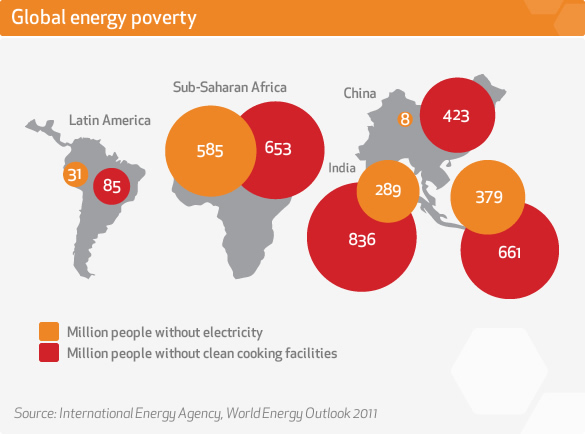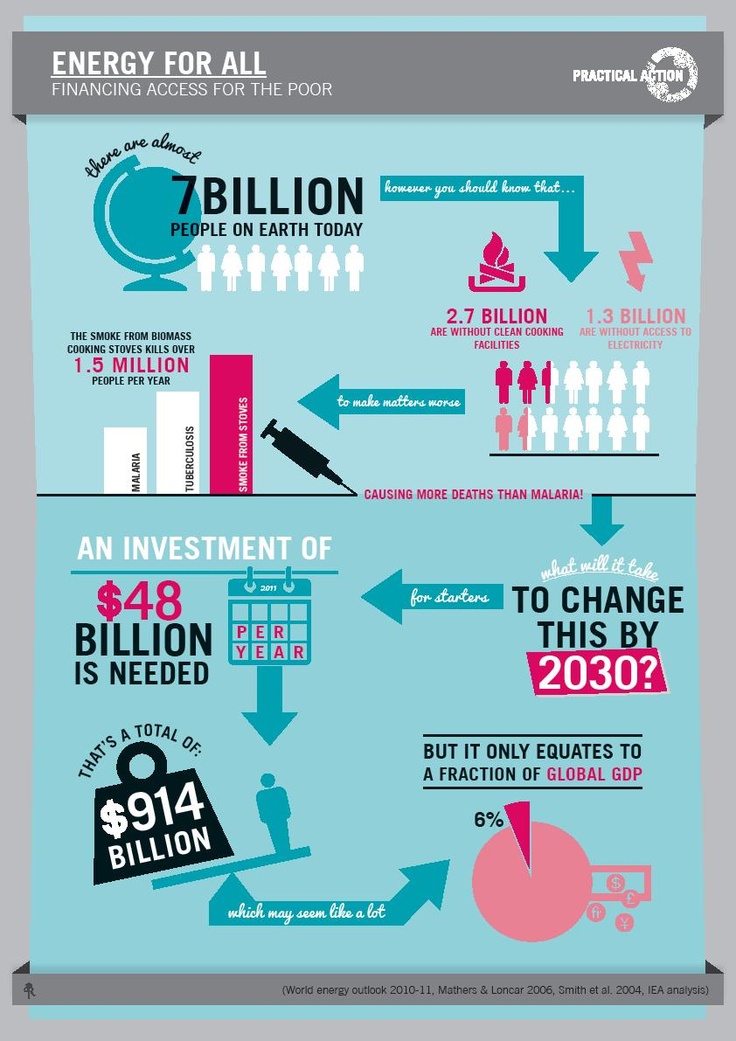Climate Change is a Fact. The world has just begun to understand and feel the magnitude of the damage caused in economic, social and environmental terms.
Unfortunately the time of the Prophets are long gone. No one can really predict the impact that climate change will have in our lives. Nobody can predict how the rise in temperature from greenhouse gases and the changes in weather patterns and precipitation will affect different areas in the world. There are many unknown variables and much to learn about the effect of climate change in agriculture production, economic activities and our health. Furthermore we need to ask ourselves whether the consequences of climate change or the threat of them can cause far worse problems and even violence.
Climate Change, Sustainable Energy, Water Harvesting, Food Security, Urban Farming, Energy Poverty, Energy Storage are buzz phases we hear every day in our lives. Do they actually mean anything, do they have an effect on how we interact with each other and the environment, on how we live our lives? Or they are just an intuitive way for the commercial establishment to push more products or demand more money from our societies?
Well the answer, whether we like it or not is simple. All of the above are effecting millions of people not only on the developing countries but also on modern developed western economies. Everything is interconnected.
As this is a very broad argument it would be useful to focus our attention to two major variables that are both causes and consequences of Climate Change. Energy Poverty and Food Security are major drivers for emissions of greenhouse gases from developing and 3rd world countries. According to Harvard Researchers the emissions trajectory depends greatly on poor countries with the expected fastest annual growth through to 2024.
We only need to take a glance at the infographics below to understand the magnitude of the problem.
And if the facts and figures cannot persuade you, maybe the “Terminator” with his strong, politically incorrect quote can…
“I don’t give a f*** if we agree about climate change…First – do you believe it is acceptable that 7 million people die every year from pollution? That’s more than murders, suicides, and car accidents – combined.”
Arnold Schwarzenegger – Actor, Former Governor

Modern energy services are crucial to human well-being and to a country’s economic development; and yet globally over 1.3 billion people are without access to electricity and 2.6 billion people are without clean cooking facilities. More than 95% of these people are either in sub-Saharan African or developing Asia and 84% are in rural areas.

Another map by the International Energy Agency presenting People without electricity as a number and as a percentage. We can identify a positive decreasing pattern by 2030, however we cannot predict whether the additional energy will be provided from fossil fuel or from renewables.

How to achieve global energy access by 2030. $48 billion per year needed or a total of $914 billion.

UN has set a clear roadmap for achieving universal access to energy. To achieve that by 2030, on top of approximately an annual global investment of $50 billion, you need: New Mini / Micro Grids, Decentralised low cost / low maintenance energy generation from renewable sources like solar, small scale lighting solutions with renewable energy and energy storage solutions and finally pioneering government policies and willing leadership.

Infographic showing the need for food production increase
http://www.foodmanufacturing.com/news/2014/10/infographic-global-state-agriculture

A clear and strong indication of the pressures and shocks that we are likely to face on an increasing rate in the future – https://www.newclimateforpeace.org/G7-report/infographics

A wonderful infographic by OXFAM demonstrating the impact of climate change, waste and hunger on our food production system http://www.engineeringforchange.org/whats-wrong-with-our-food-system/

Where will the world’s water conflicts erupt?
The map displays nearly 2,000 incidents, involving conflict and collaboration alike, over shared river basins from 1990 to 2008. The circles in the sidebar compare about 2,200 events—including another 200 disputes over resources other than shared rivers—from the same period.
– http://www.popsci.com/article/science/where-will-worlds-water-conflicts-erupt-infographic
While we let politicians tackle the bigger picture and argue about policies, one question remains. What can we do as individuals or communities through innovation and creative design to improve our carbon footprint and have a positive impact by generating renewable energy and increasing production of carbon neutral food to feed the ever expanding population on our small blue planet?
The Bill Gates CO2 equation and the “energy miracles”: PxSxExC=CO2
Bill Gates in this year’s open letter for Bill & Melinda Gates Foundation, the world’s largest foundation wrote about the our civilisation’s challenge of climate change and the imperative to innovate and develop “energy miracles”. He also came up with a mathematical equation that calculates carbon dioxide emissions as a product of the factors P (population), S (services consumed per person), E (energy used to supply those services) and C (the amount of carbon emitted per unit of energy). According to Gates, the only way to elimination carbon emissions is for C to be zero as P, S and E cannot be at zero and most likely will increase. He argues that for C to be zero we need many “energy miracles”
He concludes by stating that for the “energy miracles” to happen you need, funding, research, innovation and disruptive start-ups.
“… It’s possible there’s some guy in a laboratory today who’s investing something miraculous…”
Bill Gates – Microsoft Cofounder and Philanthropist
The facts above present a massive challenge but also an opportunity. Through design and innovation and by creatively combining current technologies with emerging technologies we can conjure our own small “sustainable miracles” and create practical solutions to tackle most of these problems. The approach should be simple. In the short-term it starts by identifying the problem and then implementing existing of-the-shelf technologies combined with an innovative way, thus providing practical solutions to many problems.
In the long-term develop disruptive new innovative solutions which make commercial sense and provide an added value proposition for the market with a strong social impact potential.
Unfortunately Harry Potter lives only in the fantasy world. So no magic solution for the mess we create and no magic spells to make Climate Change go away. For the rest of us “Muggles” there is only one way to tackle Climate Change and this is through intuitive hard work that pushes boundaries of applied sciences to new limits.
Can Disruptive Innovation and Start-ups provide the new “Miracles” tackling Climate Change? By Ypatios Moysiadis

